A fresh approach to supported living meals
How one supported housing kitchen team is staying on budget and satisfying tenants’ tastebuds with quality ingredients and dishes
With 1.74 billion meals cooked in UK homes containing rice each year, this grain continues to be a popular choice for many customers who want to try different cuisines and find nutritious foods suitable for alternative dietary needs. Rice meets this need well and all Tilda rice is gluten-free, vegan and vegetarian, and works well alongside dishes from a range of countries around the world.

With more than 30 years of industry experience, Jo Witchell is the Commercial Foodservice Marketing Manager and rice expert at Tilda.
1 Basmati
Light, fragrant and fluffy, basmati is an authentic rice traditionally served with Indian cuisine but adaptable to all. Pure Basmati can only be grown and harvested in the foothills of the Himalayas.
2 Easy cook
Easy Cook is basmati or long grain – both parboiled ‘husk on’ so that when cooked the grains stay separate and won’t stick for improved holding, regeneration and to lock in nutrition.
3 Jasmine
With a distinctive flavour and scent, this sticky rice is perfect for oriental recipes. Ideal in many savoury dishes, it’s also a great option for sweet rice puddings.
4 Wild
Tasty, nutty and nutrient-rich, wild rice is actually an aquatic grass. It creates a unique appearance and earthy flavour, especially when combined with Basmati rice.
5 Brown
Also called wholegrain, brown rice’s bran and germ layer makes it rich in fibre and nutrients with a nutty flavour. Its opposite number, the short, white and plump Arborio grain, is adored in Italy in a creamy risotto.
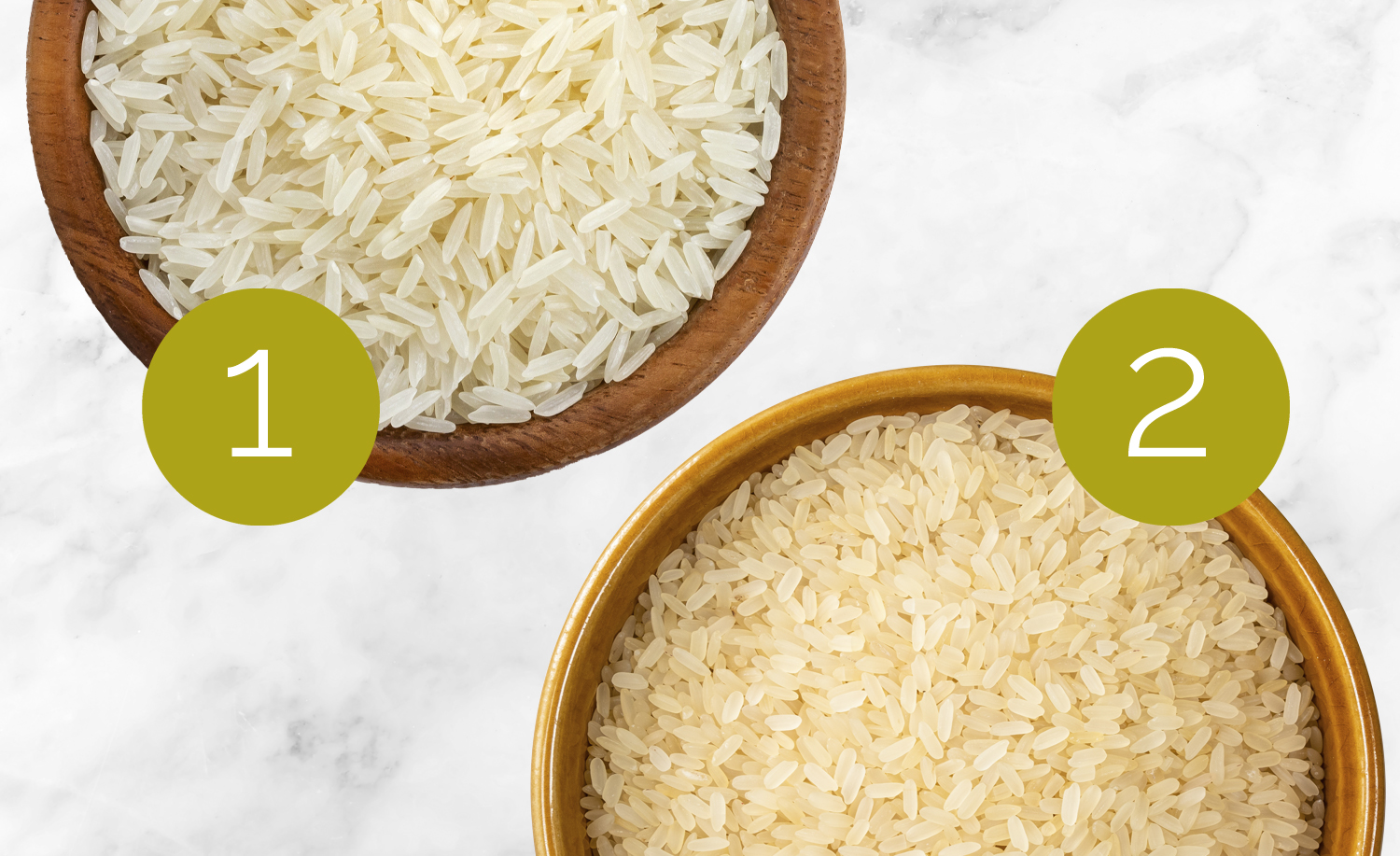
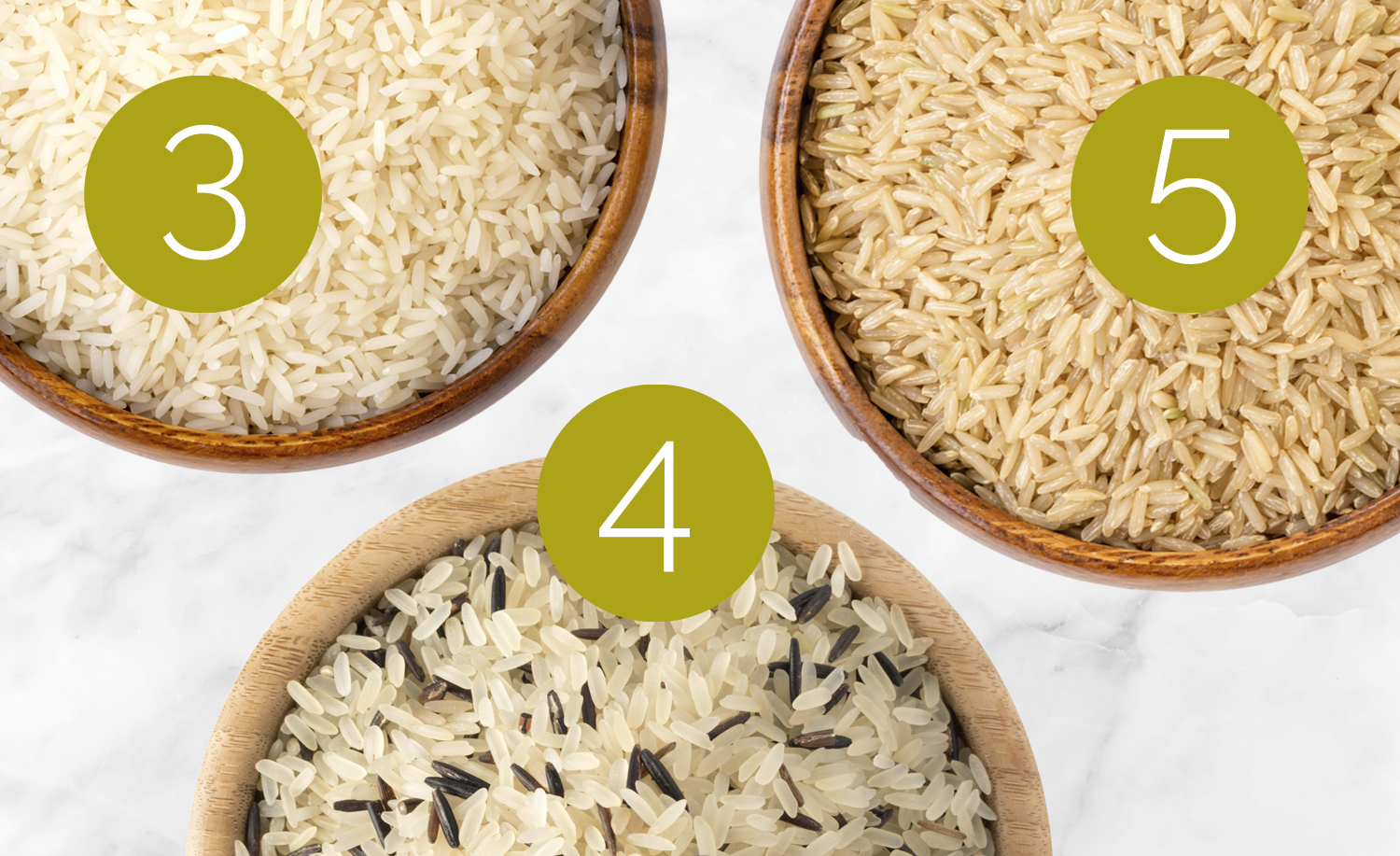
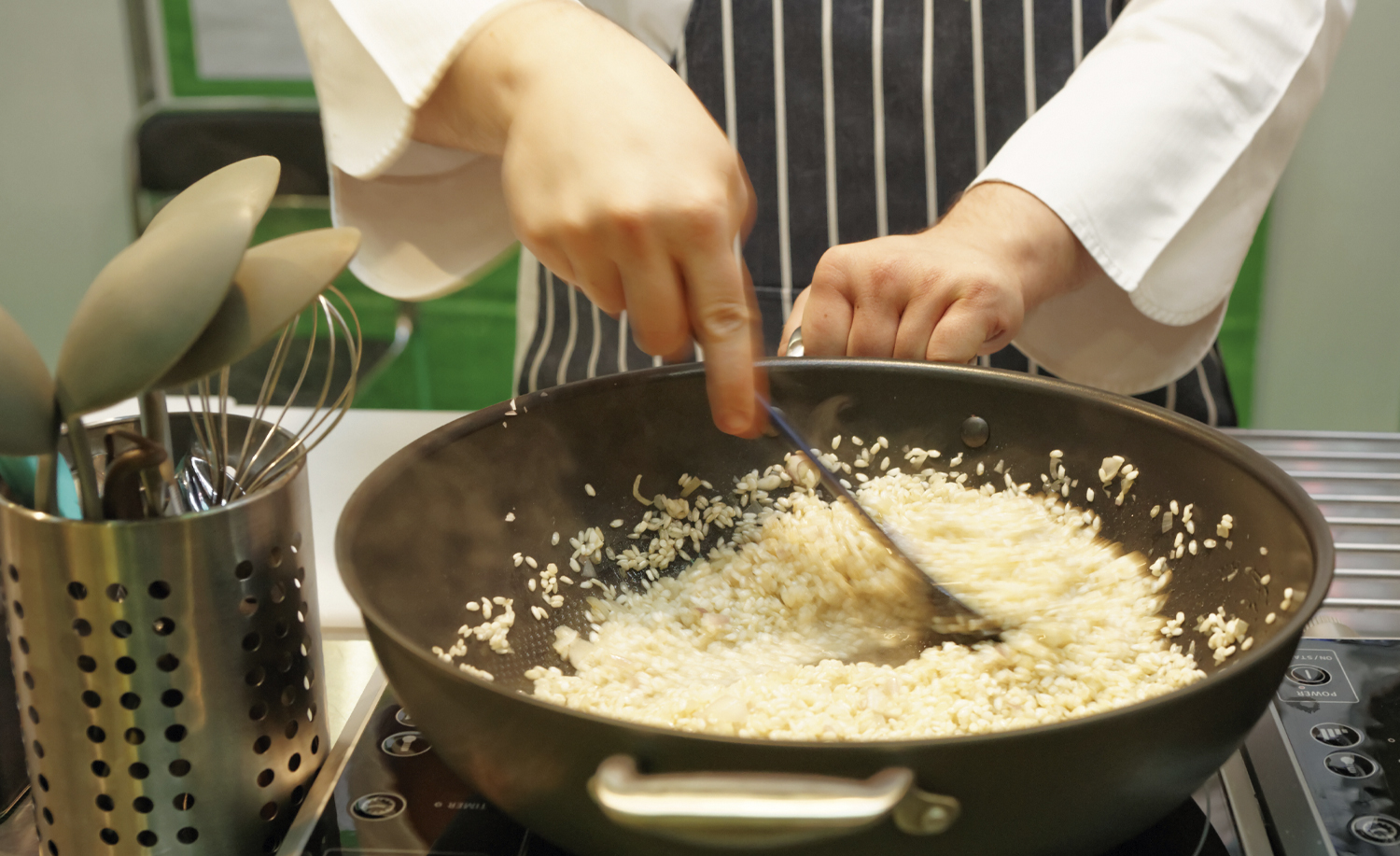
Avoid sticking or clumping and avoid wastage by choosing the best cooking method for your kitchen.
Rice cookers: simply put a measured amount of rice and water in the machine, cover and switch it on. When the water has been absorbed, the rice cooker turns itself off and keeps the rice warm for several hours without spoiling.
Open pan method: cover the rice with plenty of water (as you would with pasta or vegetables) and bring to a boil. Stir, turn down to a simmer and cook until the grains are tender. Drain in a colander and stand for a few minutes before fluffing with a fork.
Closed pan method: measure the right amount of cold water for your grain type and bring it to a boil. Lower the heat, cover the pan and simmer until the rice absorbs the water completely. Turn off the heat and leave it covered for
a few minutes.
Combi-steamer method: add a measured amount of rice and water to the machine along with any seasonings such as whole spices, salt and butter. Cook on 100% steam according to the timings on the packet’s instructions.
Rice can be stored and reused, making it handy for batch cooking of busier services. However, you need to take care that it’s held and reheated correctly, as it can become hazardous and cause food poisoning. Here’s a reminder of guidelines to maximise profit and reduce food wastage.
Dry rice storage: Dried rice should be stored in a cool, dry place. Once opened, it should be tightly resealed or stored in an upright container to maintain its freshness and aroma.
Storing cooked rice: Cool your cooked rice fully and as quickly as possible. Place it in an airtight container and keep refrigerated for up to two days.
Freezing cooked rice: Make sure the rice is fully chilled before freezing. Label and date the container. It can be frozen safely for up to one month for tasty servings
straight from the freezer.
Reheating rice safely: Use a little water when reheating the rice to help loosen the dried grains. Ensure the rice is piping hot before serving and only re-heat the batch of rice once.
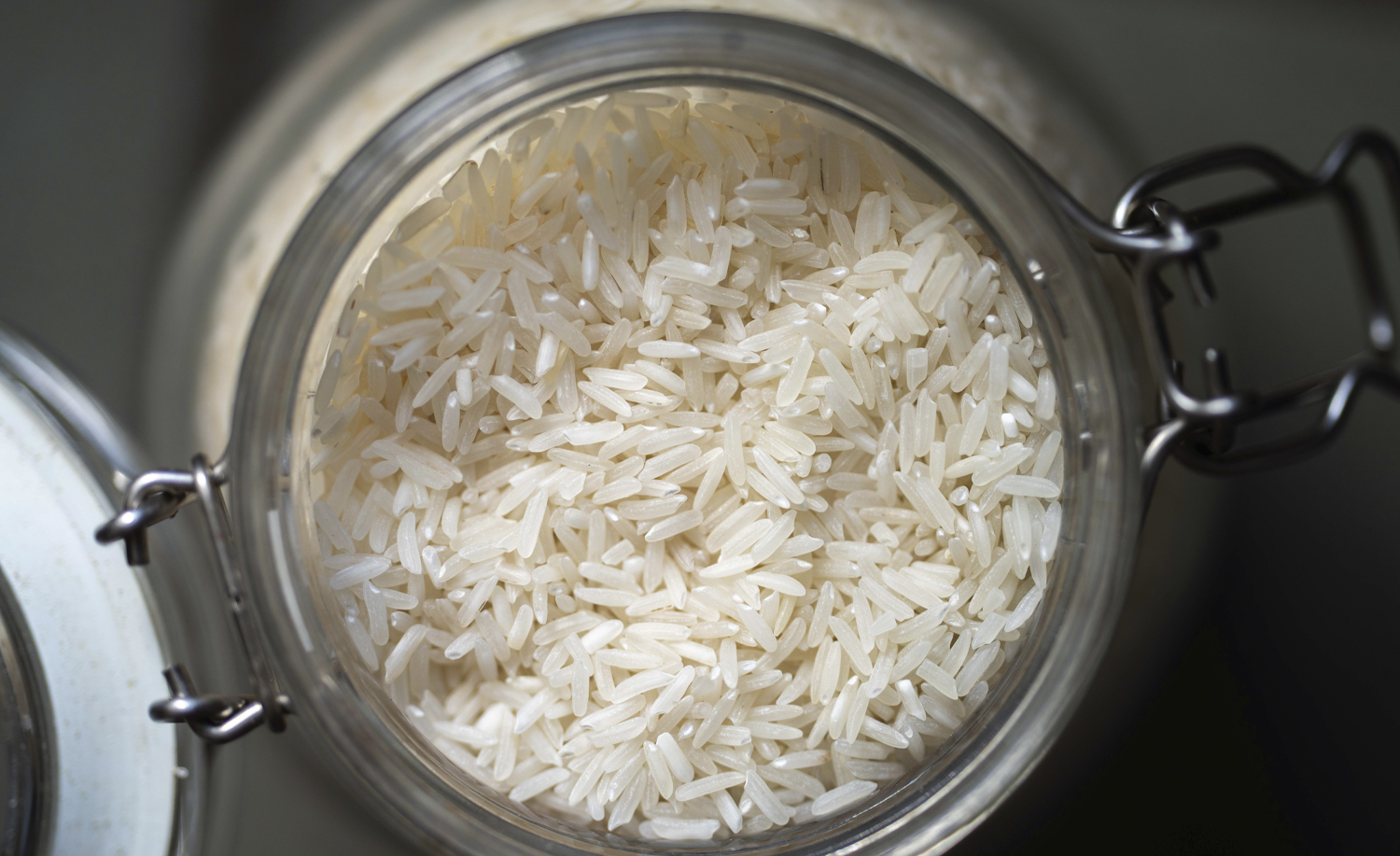
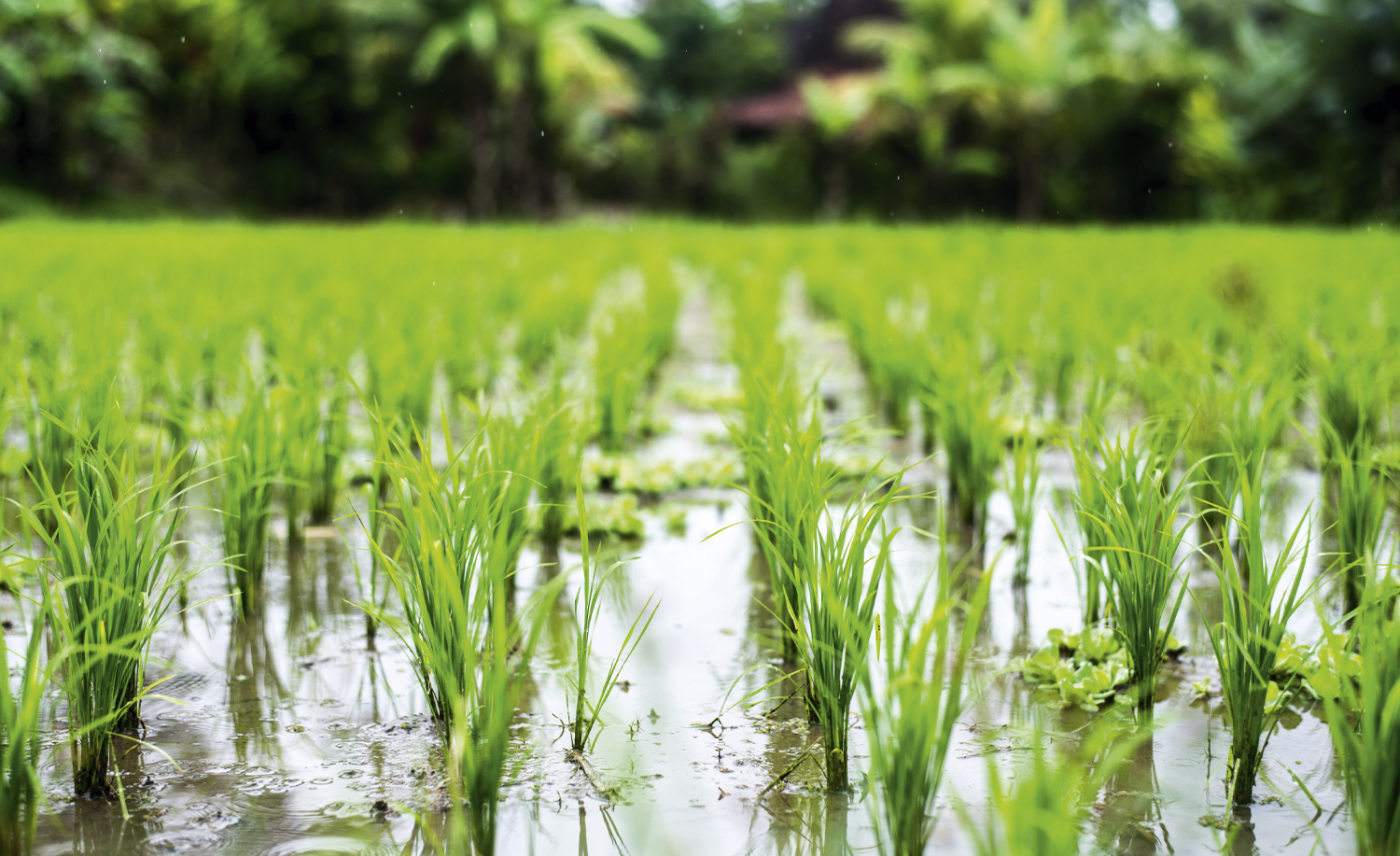
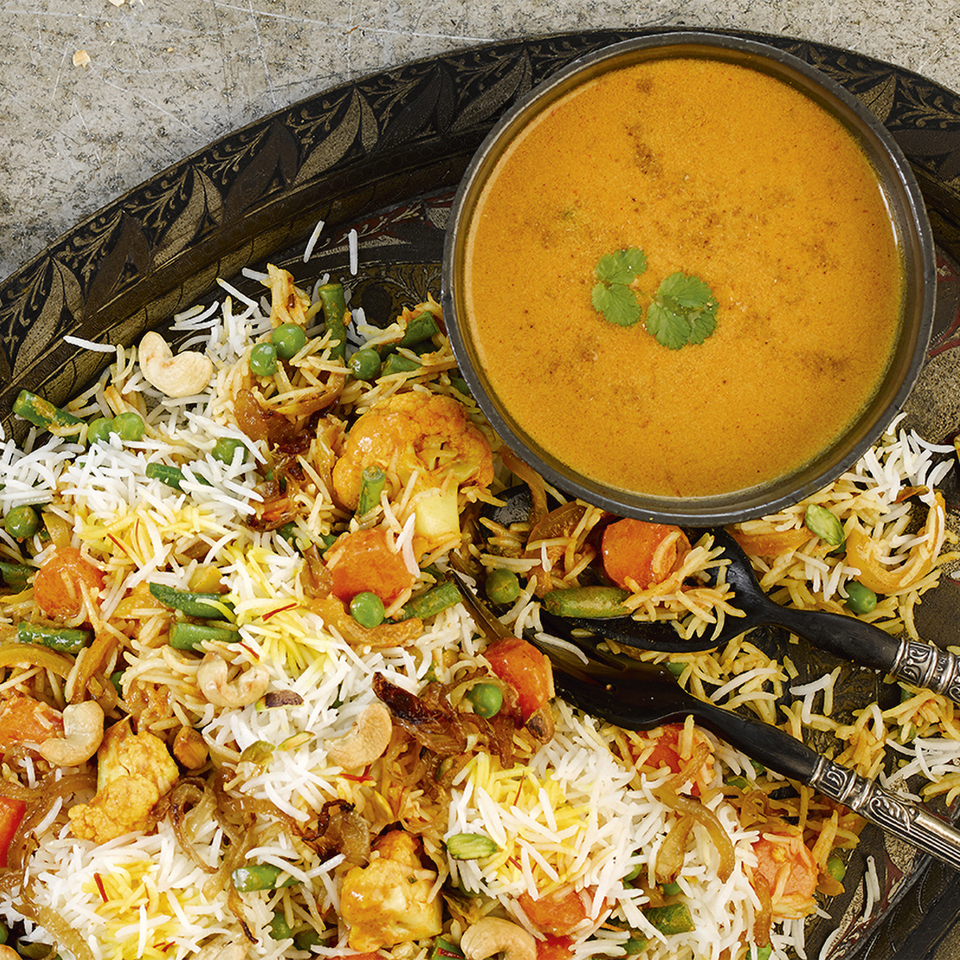
The traditional methods of growing and processing rice use a lot of water and energy. To farm rice, irrigation systems are often put in place which can cause environmental problems. Using wider grain varieties and choosing a trusted supplier will help you source rice more sustainably. Tilda is on a mission to be one of the most socially and environmentally responsible rice producers in the world. Its recent B Corp certification is a result of its work with rice farmers to cut emissions and test new farming techniques such as Alternate Wetting Drying, which reduces water and energy use. Tilda aims to have 80% more farmers using this method.
Go here for Vegetable Biryani recipe
Sign in to save topics you love, and build your archive of events, menus and articles.